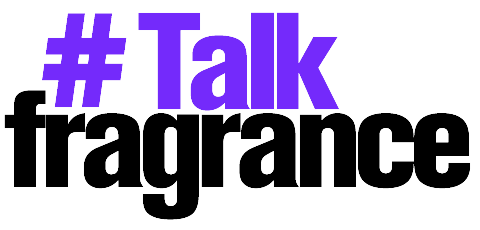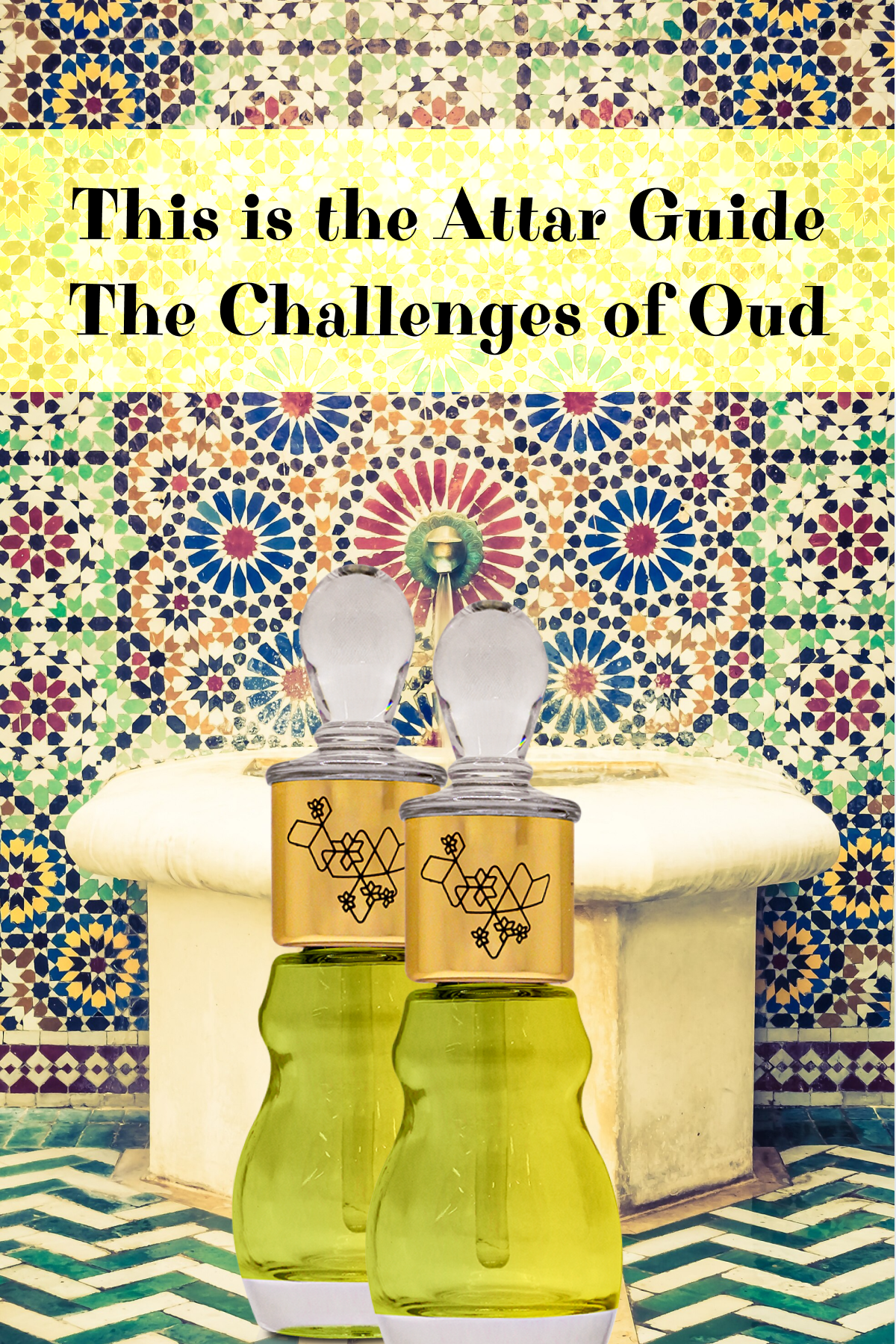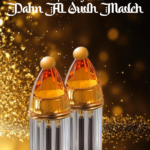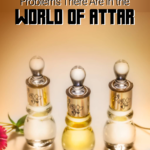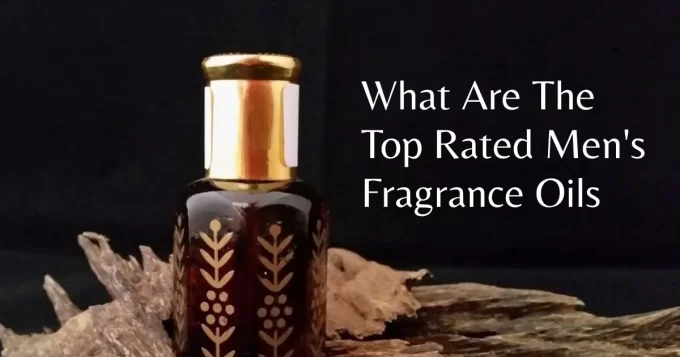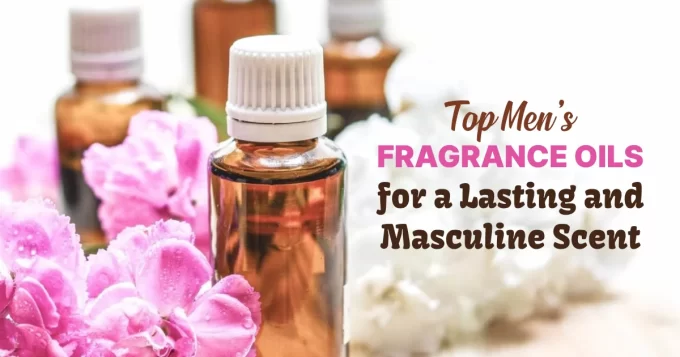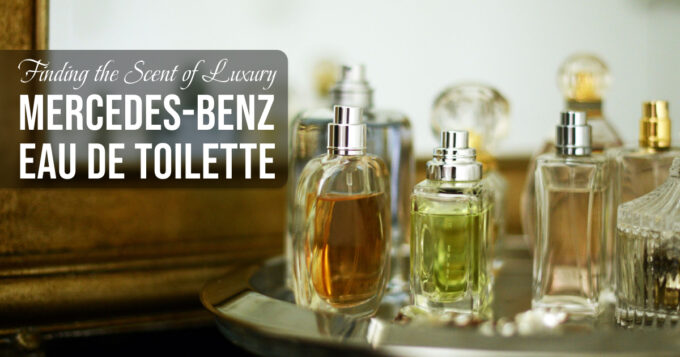This is “The Attar Guide: The Challenges of Oud”
People who work with perfumes love oud, which is also called agarwood, because it has a complicated, rich, and enticing smell. A lot of people call it “liquid gold,” which shows how valuable and rare it is.
Although oud is an important part of many expensive perfumes, it can be hard to use and make. There are many problems that perfumers and makers face when they try to find, make, and keep the quality of oud. This blog post goes into great detail about these problems to help you understand them better.
The Lure and Mystique of Oud
The sticky heartwood of the Aquilaria tree, which grows in Southeast Asia, is where oud comes from. When a certain kind of mold (Phialophora parasitica) infects a tree, it makes a dark, smelly glue to protect itself.
The wood that has been mixed with resin is then collected and distilled to make oud oil. This oil is very valuable in fragrance because it has a strong, woody smell with notes of spice, leather, and sweetness.
Where to Find Good Oud
To find high-quality oud is one of the biggest problems in the oud business. It takes many years for the Aquilaria tree to reach full size, and only a small percentage of these trees will naturally make resin. The lack of wild Aquilaria is made worse by illegal logging and farming methods that don’t last, which makes the species even rarer.
Sustainable and Moral Harvesting
To protect both the species and the quality of the oud, it is important to gather it in a way that is both sustainable and moral. This is done by growing Aquilaria trees in farms and using controlled inoculation processes to make them make resin. These ways, on the other hand, are expensive and take a long time—often decades—to produce a good yield.
The High Cost of Making Things
The expensive price of oud comes from the fact that the raw materials are hard to find and the process of farming and distilling them takes a lot of work. The process of getting oud oil out of plants is very careful and can take months. It needs trained workers and special tools. Because of this, the product can fetch more than a few thousand dollars per kilogram, making it one of the most pricey natural ingredients used in fragrance.
Changes in the Scent Profile
There are many things that can change the smell of oud, such as the type of Aquilaria used, where it grows, how old the tree is, and how the resin is added. This variety makes it hard for perfumers who want their works to be consistent. Because every batch of oud oil can be different, it’s hard to make commercial fragrances with a consistent smell.
Getting the Oud Right in Compositions
The smell of oud is very strong and can easily take over a fragrance. When perfumers mix oud with other ingredients, they have to be very good at finding the right balance so that the rich notes of the oud don’t get lost in the mix. For this, you need to know a lot about how the oud sounds with different flower, spicy, woody, and musky sounds.
What people want and how the market is moving
There is more demand for oud because it is becoming more famous in Western markets. This puts pressure on supply chains and ethical sourcing practices. People want authentic, high-quality goods, but they don’t always fully understand how hard and complicated it is to make them. Because of this desire, many synthetic oud alternatives have been made. These are cheaper and more consistent than natural oud, but they don’t always sound like the real thing.
Innovations and progress in technology
Even with these problems, the oud business is growing and changing in ways that help solve some of these issues. Sustainable farming improvements, better inoculation methods, and better boiling methods are making high-quality oud easier to find and more consistent. Additionally, biotechnology shows promise for making long-lasting ouds from cultured cells, which could mean less reliance on wild trees.
What’s Next for Oud in Perfumery
Finding a balance between custom and new ideas is key to the future of oud in perfumery. Sustainable farming, ethical buying, and progress in technology will all be very important in making sure that oud stays a popular and useful ingredient. Teaching people about how hard and complicated it is to make a real oud can also help them value and buy goods that are sourced in an ethical way.
Conclusion: Taking on the Challenges
Oud is still one of the most sought-after ingredients in the world of fragrance because of its unmatched depth and richness. The difficulties in making it, like finding sustainable sources and dealing with high costs, as well as the fact that the scents can vary and the mixtures need to be balanced, only add to its mystery and appeal.
The business can continue to honor oud’s unique history and make sure it will be available for future generations by embracing these problems and looking for moral and creative solutions.
For perfumers and fragrance lovers alike, learning about the difficulties and intricacies of making oud makes them appreciate this “liquid gold” even more. As we look to the future, the mix of custom and technology looks like it will keep the art of oud perfumery alive and improve it, keeping its rich, alluring smell alive in the world of smells.
